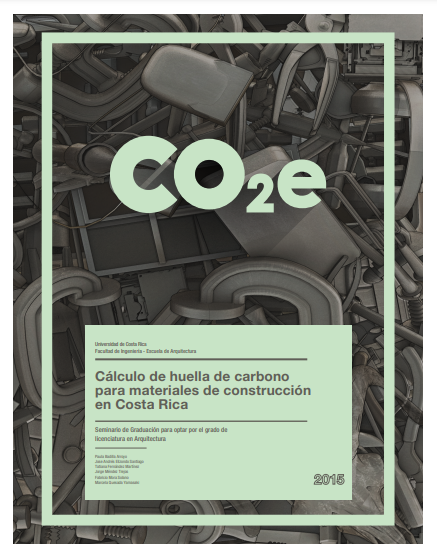
Author
Barron Creek, Paula
Elizondo Santiago, José Andrés
Fernandez Martinez, Tatiana
Mendez Trejos, Jorge
Mora Solano, Fabricio
Quesada Yamasaki, Marcela
Date
2015
Summary
Climate change is a global reality that affects everyone. The various activities that are carried out daily, in sectors such as agriculture, industry, transport, or construction, have direct implications in this phenomenon. For example, only the construction sector consumes a forty per cent of the global energy and also provides one-third of CO2 emissions. Then, the work of professionals in the field of construction, are involved in this situation. The decisions that are taken in the initial design phase of a building, determine the contribution to emissions throughout its life cycle, as each stage brings in different proportions due to the nature so diverse of the processes involved. In order to compare these contributions are so different, it is necessary to a common denominator; the emission factor given that possibility, being a coefficient that relates the amount of pollutant emissions by a certain unit. In addition, these stages of the life cycle will give the product a traceability from its origin to its final destination. It is important to consider what and how many processes are required to use a product that will generate demand in Costa Rica. Get own emission factors of the country, allows you to visualize the responsibility that must be assumed to achieve the engagement Plan for Carbon Neutrality 2021, and the development of data on the subject along with technologies to move towards an economy with low emissions, or limited carbon
